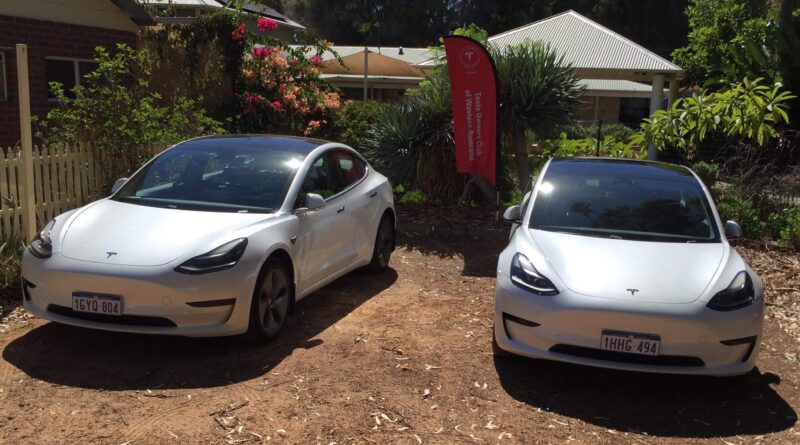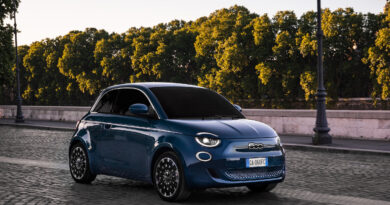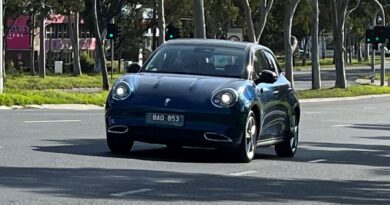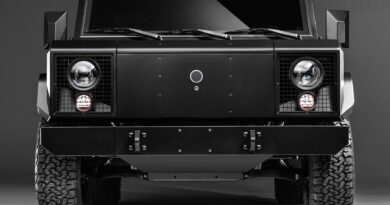Tesla v Tesla, China v US: The Model 3 efficiency duel
An early test of the updated Tesla Model 3 has shown it to be less efficient than the car it replaces.
The back-to-back test of two Tesla Model 3s has thrown up “unexpected results” between the latest model built in China and the model it replaces, which was sourced from the United States.
Conducted by the Tesla Owners Club Western Australia, the test is the first of its kind in Australia; Tesla Australia has loaned updated Model 3s to media outlets in Australia but they were US-built cars with different battery chemistry to that fitted to the customer cars that started rolling into Australia in February.
The TOCWA test pitted one of the first new Chinese-made Model 3s imported into Australia with a low-kilometre 2019 model with the same promised performance.
Want the latest EV news and reviews delivered to your inbox? Subscribe to our weekly newsletter!
Both cars were the most affordable Standard Range+, both white and both running on the same Michelin tyres.
The test was predominantly designed to explore the differences between the batteries in the two otherwise almost identical cars.
Model 3 battery tech: LFP v NCA
First, some background.
The US Model 3s have lithium nickel cobalt aluminium oxide batteries, also referred to as NCA.
The Chinese Model 3 gets a lithium iron phosphate battery – similar to those used in remote control cars, known as LFP or LiFePO4. Those LFP batteries have a lower energy density but are believed to be cheaper to manufacture.
But in fitting those LFP batteries Tesla increased the claimed range of the Model 3, in part because of improvements in efficiency, including the fitment of a heat pump, which uses less energy to cool the cabin.
But the updated Model 3 – which also gets other tweaks – is also heavier than the one it replaces.
TOCWA chair Rob Dean says the difference is a little over 100kg. The regulatory filings performed by Tesla Australia in getting the cars certified for sale suggest a fraction less, but either way it’s safe to assume the new car is heavier than the one it replaces.
More weight in cars requires more energy to shift them.
American Tesla v Chinese Tesla: Charging
The charging test involved taking each car from 20 to 90 percent.
The US Tesla accepted a higher rate of charge early in the charging phase, with up to 129kW from the V2 Supercharger at Eaton, which is between Perth and Margaret River (the Supercharger is claimed to provide up to 120kW).
The maximum the China car accepted was 116kW soon after it was connected to the Supercharger.
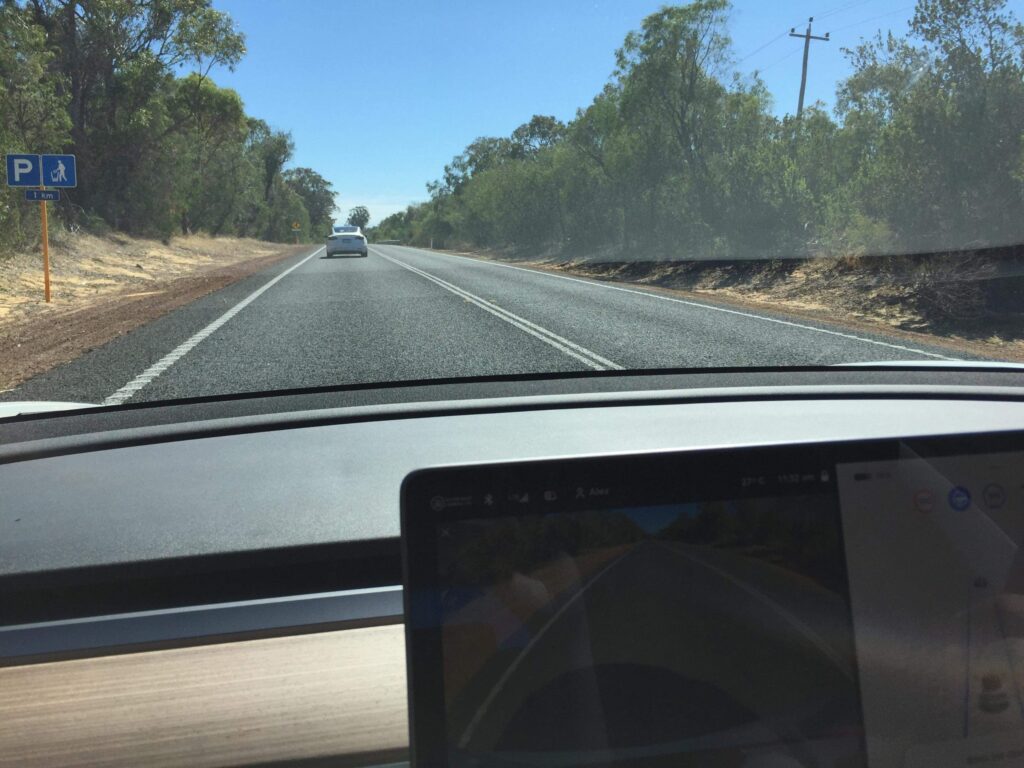
Both cars more than halved their charging rate by the time they had reached 70 percent battery capacity, something common with EVs as they look to protect the battery pack and ensure no overheating.
But by the time each car had reached 40 percent state-of-charge the China Tesla was taking on more electricity and held an advantage of between 1kW and 15kW charging power up to its 90 percent level.
As Rob Dean explains it, the China car has a flatter charge and held a more consistent charge rate, something he says is better for people not into EVs – and people who want a faster charge most of the time.
TOCWA found the US Tesla took 33 minutes for the 20-90 percent charge whereas the China car took 32 minutes.
TOCWA’s figures show had the car’s charge been from, say, 40 percent to 90 percent, then the China Model 3 would have had a bigger advantage in charging times.
Efficiency: US Tesla v Chinese Tesla
TOCWA conducted two driving tests with the cars driven in convoy – but not too close so as to create issues with aerodynamics and slipstreaming – to ensure the same conditions.
It found the China Model 3 averaged 15.8kWh/100km whereas the older American Model 3 used 14.5kWh/100km.
Noting that the only thing that could have impacted the results between the two cars was the age of the tyres, the Club noted “that sort of gap wasn’t expected”.
“The difference was 9 percent,” said Rob Dean.
“We put it [partly] down to the tyres still need more time [or age].”
He’s also confident the result would be different in colder weather, where the updated Model 3 can make better use of its heat pump.
“If you did that test in Victoria or Tasmania the China car would get better range,” he said. “It if was replicated in a cooler environment I’m pretty confident the China car would perform better.”
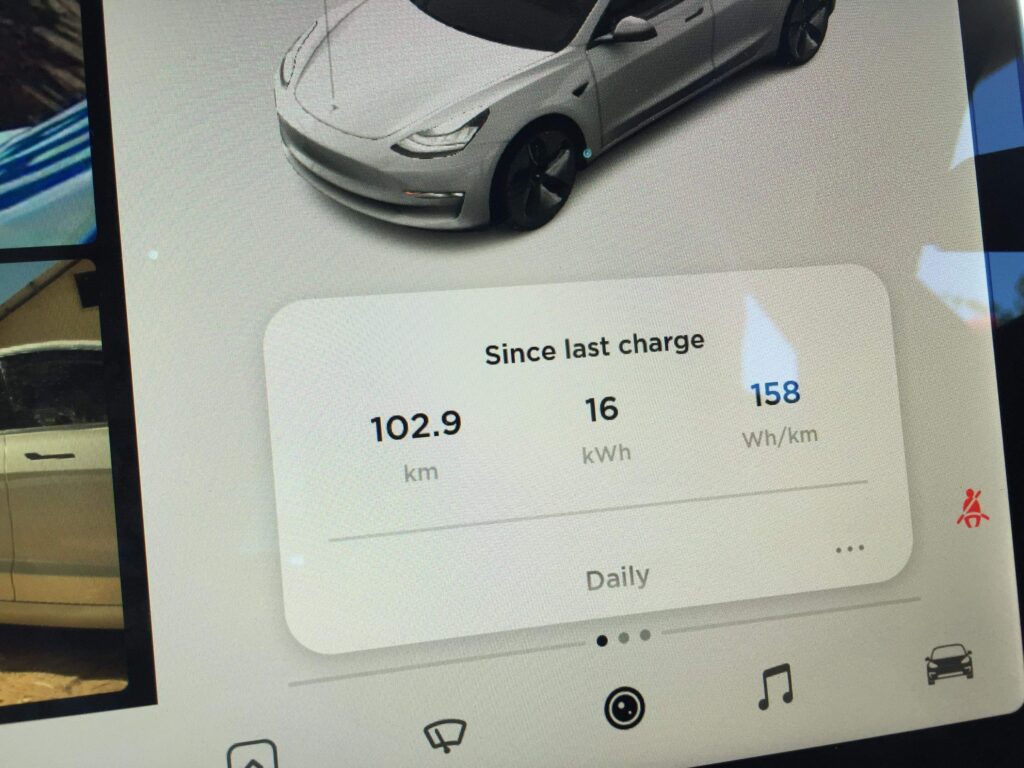
In short, Dean believes that while their test showed the newer China car was less efficient, he also thinks there are situations when it would perform better or at an equivalent level.
“The energy efficiency test produced some unexpected results but nothing that would make one car far superior to the other over its whole life,” he said on the TOCWA website.
Tesla v Tesla: Quality, auto braking and more
The updated Model 3 includes various design updates, including a revised centre console and door interiors.
But it’s the new trim Rob Dean reckons is one of the most significant.
“A lot of people like the black trim,” he says.
One big question mark was on the quality of the China-made cars.
Tesla has long been in the crosshairs for poor fit and finish, something Tesla chief Elon Musk admitted recently.
On first glance Rob Dean thinks the cars coming from China are superior to those from the Fremont factory in America.
“I’ve seen three or four China ones and I can’t find a fault yet,” he told us. “So far I haven’t seen any issues.”
He cautions that you’ve “got to look at a dozen of each car” to make a more authoritative judgement, but that first impressions are solid.
No changes to the flakey auto braking system that is part of the Autopilot semi-autonomous drive system.
“They haven’t fixed the phantom braking issue,” he said, referring to the car’s propensity to brake when it wasn’t required or shouldn’t have.
“I found it disconcerting.”

